This is the fourth blog from our guest writer John Bissell. Read his introductory blog, or blogs on trap selection and trap placement.
Lures are one of the first things people think about when trapping and there is no doubt that good lures can make a real difference, but trap selection and trap placement are just as important.
We need to make the predator want to enter the trap!
So let’s take a look at some of the different types of lures we can use to encourage our target to interact with or enter the trap.
1. Food scent lures
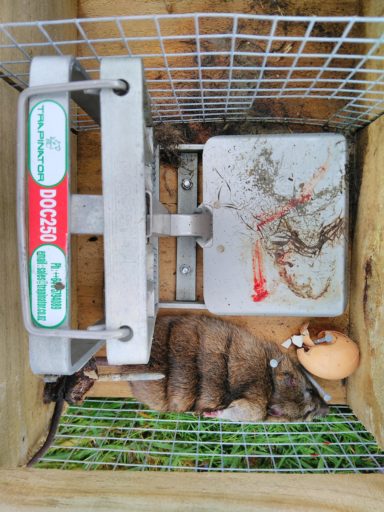
There are plenty of nice sanitised and dehydrated lures out there, but in my experience, if you want to catch a cagey predator, you can’t beat a big bit of fresh, bloody meat. It looks and smells more natural. Ideally it is a good idea to use an animal the predator likes to eat, but any unprocessed meat can work well. This needs to be balanced against your ability to access meat baits and the rate at which different baits will go off (heat, humidity etc).
If you are only able to service your traps monthly, then longer lasting baits are worth considering, especially in summer. Salted meat can be good and fatty beef chunks can also work well. When the meat goes off in the heat, the fat can bubble and keep the scent going longer. Venison off-cuts can work well if they don’t dry out too quickly, so make the chunks a lot bigger in hot weather. Stoats seem to love venison. I often get a spike on the stoat catches when I change to venison. The bottom line here is that fresh, dripping bait will be often better than a small bit of dried jerky.
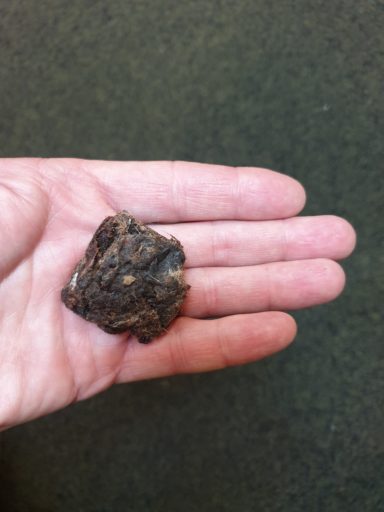
As an experienced trapper trying to get inside my prey’s head, I want a big, natural, stinky bait that smells like something really juicy has just died and is there for the taking. Watch some predators interact with the scent of fresh blood and you will see what I mean. They love it!
Dried and salted baits have their place, but I see a lot of projects where this is all that is used. The bottom line is that it doesn’t matter what you use, but if you don’t mix it up then you are training some predators to grow accustomed to your bait and ignore it. The reason I often get a spike when I use venison for stoats is not just because they love it, it is because it is DIFFERENT! Venison has a different scent to rabbit etc. So, they might be going past our traps regularly and then one day they suddenly go” WHOA”! “Something smells different, so I better check it out”…………….BANG! Job done.
If we only use one bait type then all we are catching are the new arrivals, the hungry ones and the young and foolish. And we often kid ourselves that we are getting them all. If there is plenty of other food out there, then our baits and lures need to be damned fine. We want to catch the smart ones too. This is all a broad generalisation, but what I am trying to do here is to get you to think about what and why you are doing things.
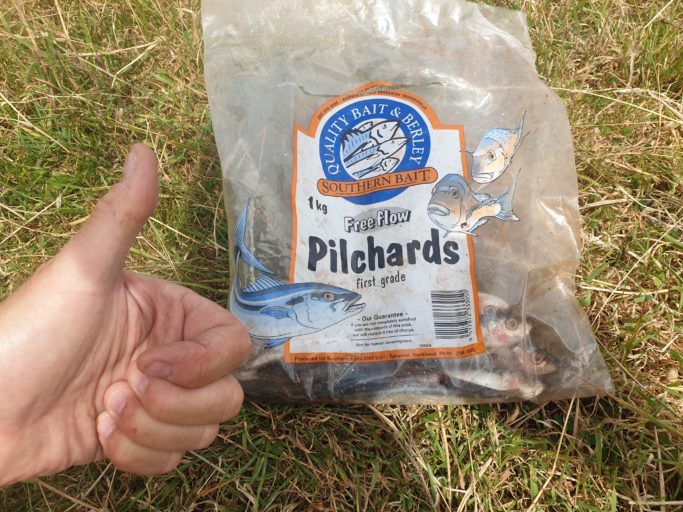
There are other commercial food scent lures out there too like egg mayonnaise, salmon and fish-based lures etc. There are too many to talk about here but different species trigger better off different scents, so have a play. Once again know your target species. A good example of this is people trying to trap ferrets with eggs as they do stoats. Ferrets hunt a lot by scent and are (in my opinion) are not as visually queued as stoats. So, your ferret lures should have a ton of scent available.
When it comes to scent lures, don’t be afraid to change things a bit and offer something different periodically. What you are trying to do is catch their attention as much as anything. New scents are good for that.
2. Competition or potential mate scents
Essentially what we are trying to do here is trick the animal in to thinking there is another one of their species close by or in the trap. It can work really well. On Kapiti Island it was bedding material from a female stoat that finally did the job on an island hopper when standard baited traps had failed.
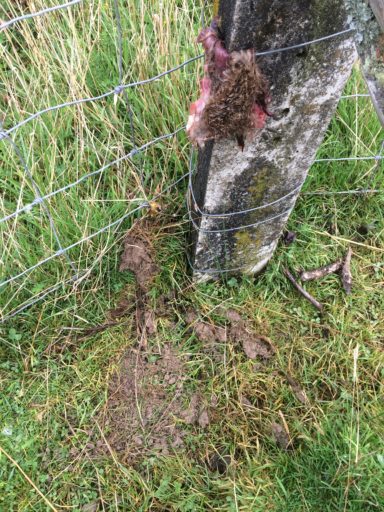
If I catch a fresh mustelid, I will often carry it with me and rub its bum around the inside of my trap boxes. With ferrets during the mating season around September, if you can get a female to do this with you are on to a winner.
Studies have also shown that ferret scent can still attract smaller mustelids as well. Just don’t use mustelid scent constantly as there may be others in the population that are put off by it. Just as with your baits, pulsing occasionally is the best way.
I was working on a farm project a while back where there was an abundance of food. There was a big male stoat that would not enter a standard trap box. Nothing worked. This was a smart customer so it was time to move the goal posts.
I took the box away and blocked either side of a natural tunnel and trap-sized hole in the fence with planks and opposite a hollow log. I hung a fresh stoat (that I had caught elsewhere) on the fence above a leg hold trap in the hole and put an egg in there too. In two weeks I caught five stoats and a ferret from that one site. I was amazed at how many were in an area that had been well trapped using conventional methods. It was real eye opener! Every time I caught an animal, I would kill it and replace the decoy above the trap. It worked a treat. But I would add that if you are using this method, you must be VERY careful with non-target risk, as with all leg hold traps.
3. Visual lures
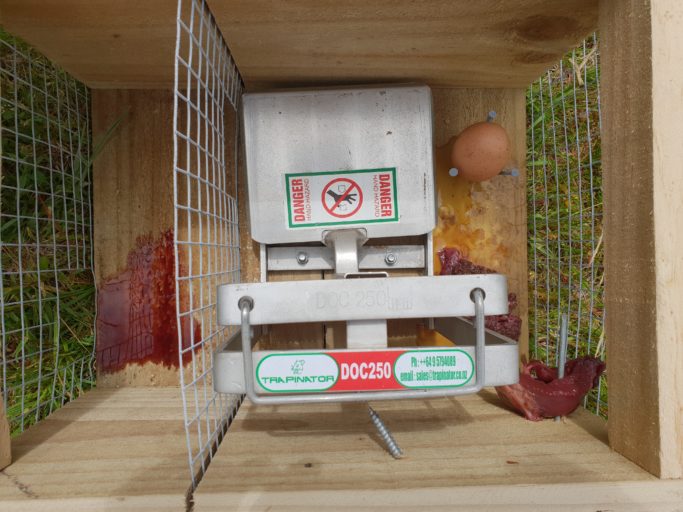
This is where your eggs come in. Essentially, they act as another attractant and will keep going longer after the food/ meat scent lure has gone.
Mustelids love eggs and I have seen stoats on several occasions rolling them across the road with the egg between their front legs. I have also used ping pong and golf balls very effectively with no noticeable drop off in catch rates. If you are using a ping pong ball, make sure you spike it inside the trap to keep it in place. You still can’t beat the real thing though (eggs) and preferably unwashed.
I have also seen rabbit tails used as lures for ferrets and feral cats which makes sense. They jiggle around in the breeze and look like the bum of a rabbit down a burrow. Chook feathers also dance well.
4. Other lures
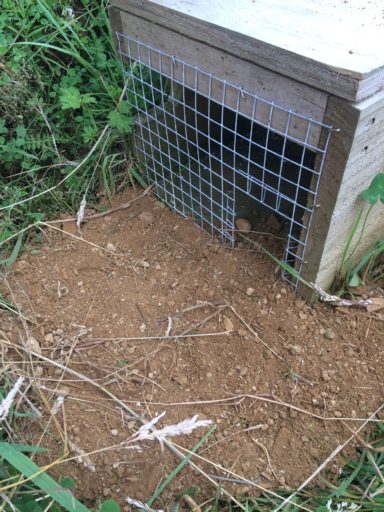
There is another scent lure that I hear very few people talking about and that is fresh earth. It is so simple and yet so few use it. It is as easy as scuffing up the earth at the trap entrance each time you service it. Predators will naturally investigate fresh earth in case it has been disturbed by their prey. It seems to capture their imagination. Have a look at a rabbit burrow entrance some time.
Right then. I will leave it here for now. We could talk on this subject for a long time. There are so many different types of lures and different ways to use them. Most projects often use just a couple of lures, but I would use about twenty types and variations and methods depending on the species, time of year and situation. This is where good advice will help make a big difference.
Until next time. Good predator hunting.
Cheers,
John

- www.bbem.co.nz
- nzpredatorhunter (Instagram)

